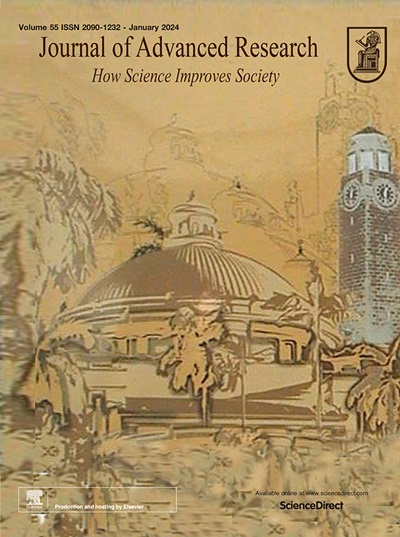Revealing the multiple faces of LRG1: gene expression, structure, function, and therapeutic potential
IF 11.4
1区 综合性期刊
Q1 MULTIDISCIPLINARY SCIENCES
引用次数: 0
Abstract
Background
As the structural characterization of the Leucine-rich alpha-2-glycoprotein 1 (LRG1) protein progresses, its functional diversity has been increasingly unveiled, highlighting its clinical relevance in elucidating disease pathogenesis and identifying potential therapeutic targets.Aim of review
Grounded in structural biology principles, this review systematically examines the regulatory mechanisms, pathological functions, and intervention strategies associated with LRG1, providing a theoretical foundation for translating these insights into clinical drug therapies.Key scientific concepts of review
LRG1, distinguished by its leucine-rich repeat motifs, plays a pivotal role in various physiological and pathological processes. This review presents a comprehensive analysis of LRG1′s multifaceted characteristics and its implications in disease. Initially, the regulatory mechanisms modulating LRG1 gene expression are detailed, encompassing both transcriptional and post-transcriptional controls. The structural attributes and distributions of LRG1 are subsequently outlined, with an emphasis on the functional relevance of its leucine-rich repeat motifs. Furthermore, the review elaborates on the molecular interactions through which LRG1 engages with distinct receptors, triggering downstream signaling pathways involved in pathological processes. Finally, current therapeutic approaches targeting LRG1 and its receptors are summarized, alongside prospective research avenues for innovative therapeutic development.

揭示LRG1的多面体:基因表达、结构、功能和治疗潜力
随着富亮氨酸α -2糖蛋白1 (LRG1)蛋白结构特征的不断深入,其功能多样性逐渐被揭示,在阐明疾病发病机制和发现潜在治疗靶点方面具有重要的临床意义。本文以结构生物学原理为基础,系统探讨LRG1的调控机制、病理功能和干预策略,为临床药物治疗提供理论基础。lrg1以其富含亮氨酸的重复基序而闻名,在各种生理和病理过程中起着关键作用。这篇综述全面分析了LRG1的多方面特征及其在疾病中的意义。首先,详细介绍了调节LRG1基因表达的调控机制,包括转录和转录后控制。随后概述了LRG1的结构属性和分布,重点介绍了其富含亮氨酸的重复基序的功能相关性。此外,本文还详细阐述了LRG1与不同受体的分子相互作用,从而触发参与病理过程的下游信号通路。最后,总结了目前针对LRG1及其受体的治疗方法,以及创新治疗开发的前瞻性研究途径。
本文章由计算机程序翻译,如有差异,请以英文原文为准。
求助全文
约1分钟内获得全文
求助全文
来源期刊

Journal of Advanced Research
Multidisciplinary-Multidisciplinary
CiteScore
21.60
自引率
0.90%
发文量
280
审稿时长
12 weeks
期刊介绍:
Journal of Advanced Research (J. Adv. Res.) is an applied/natural sciences, peer-reviewed journal that focuses on interdisciplinary research. The journal aims to contribute to applied research and knowledge worldwide through the publication of original and high-quality research articles in the fields of Medicine, Pharmaceutical Sciences, Dentistry, Physical Therapy, Veterinary Medicine, and Basic and Biological Sciences.
The following abstracting and indexing services cover the Journal of Advanced Research: PubMed/Medline, Essential Science Indicators, Web of Science, Scopus, PubMed Central, PubMed, Science Citation Index Expanded, Directory of Open Access Journals (DOAJ), and INSPEC.
 求助内容:
求助内容: 应助结果提醒方式:
应助结果提醒方式:


